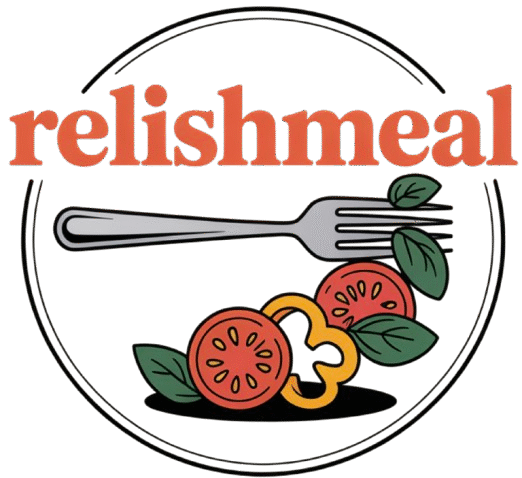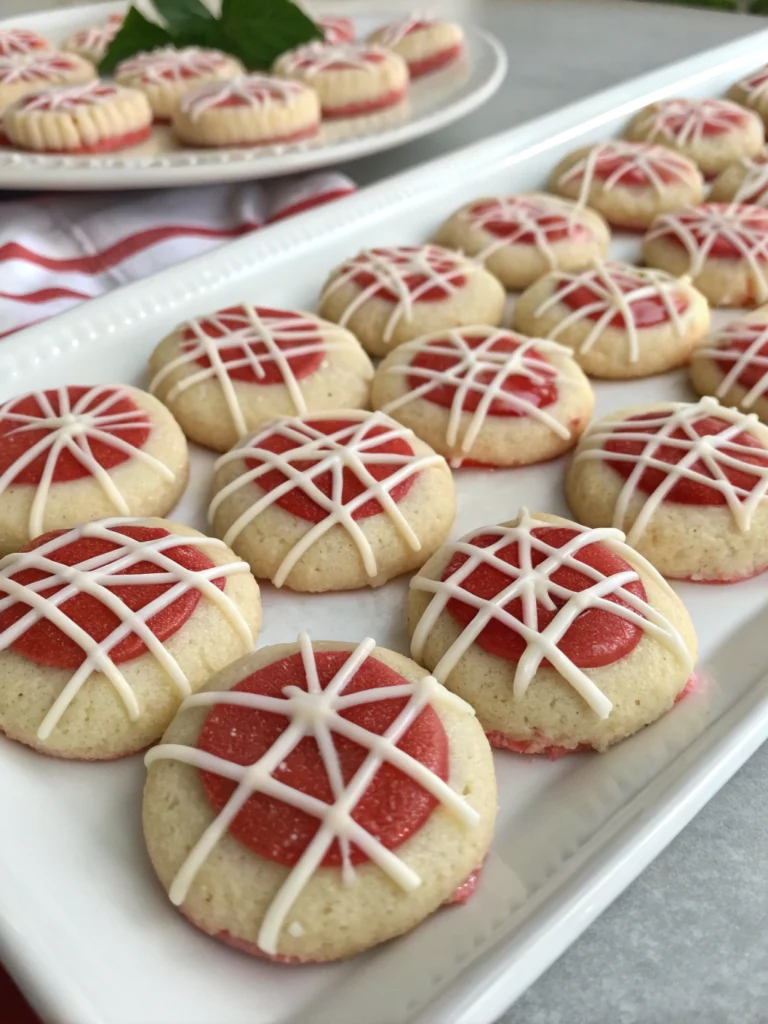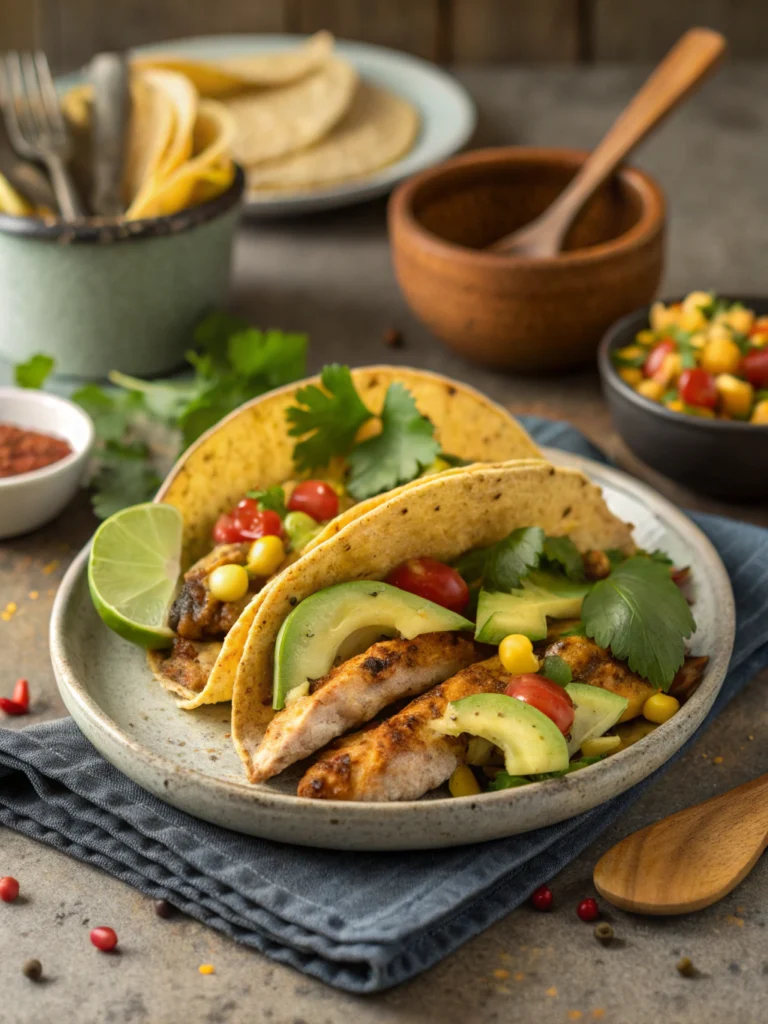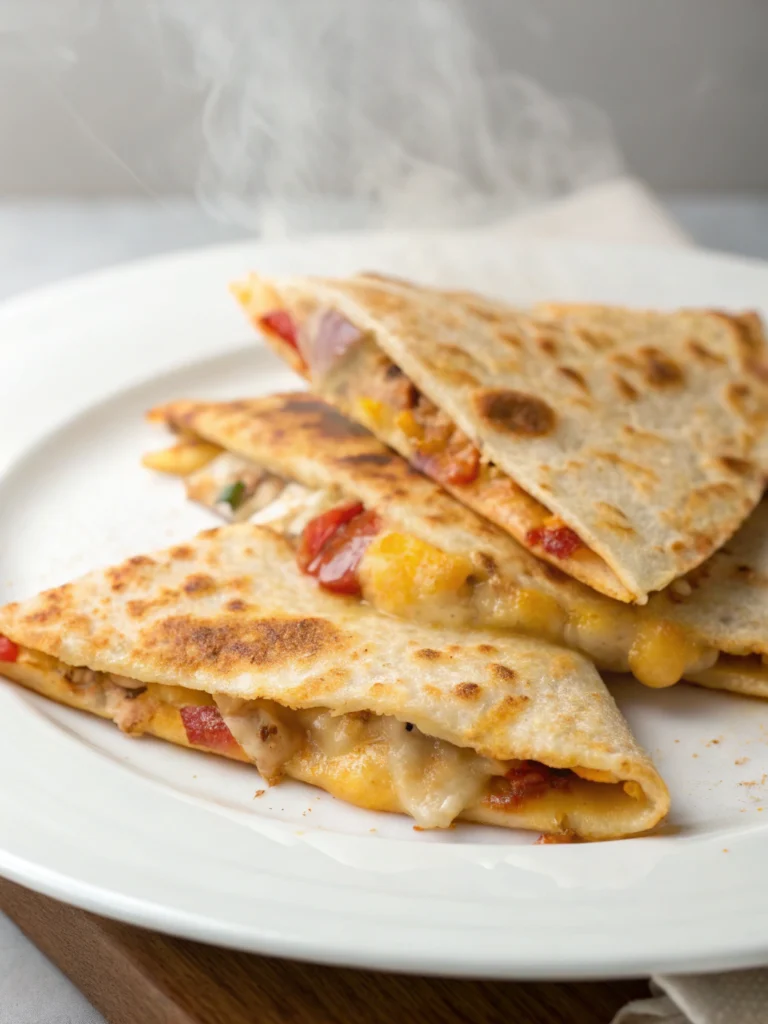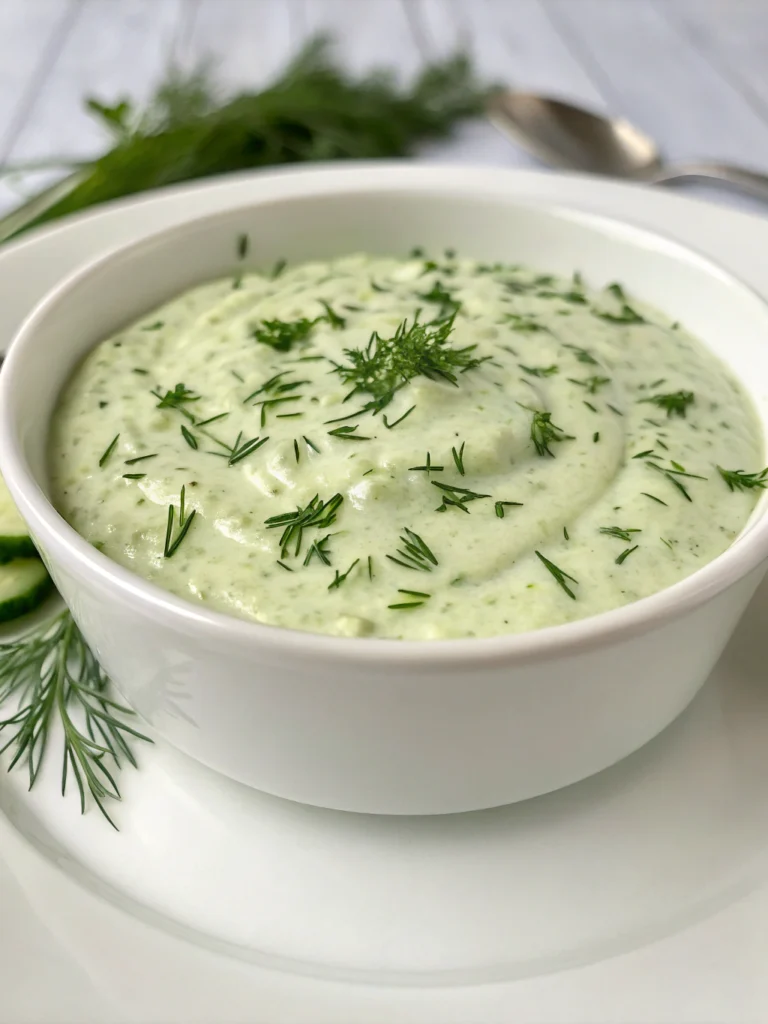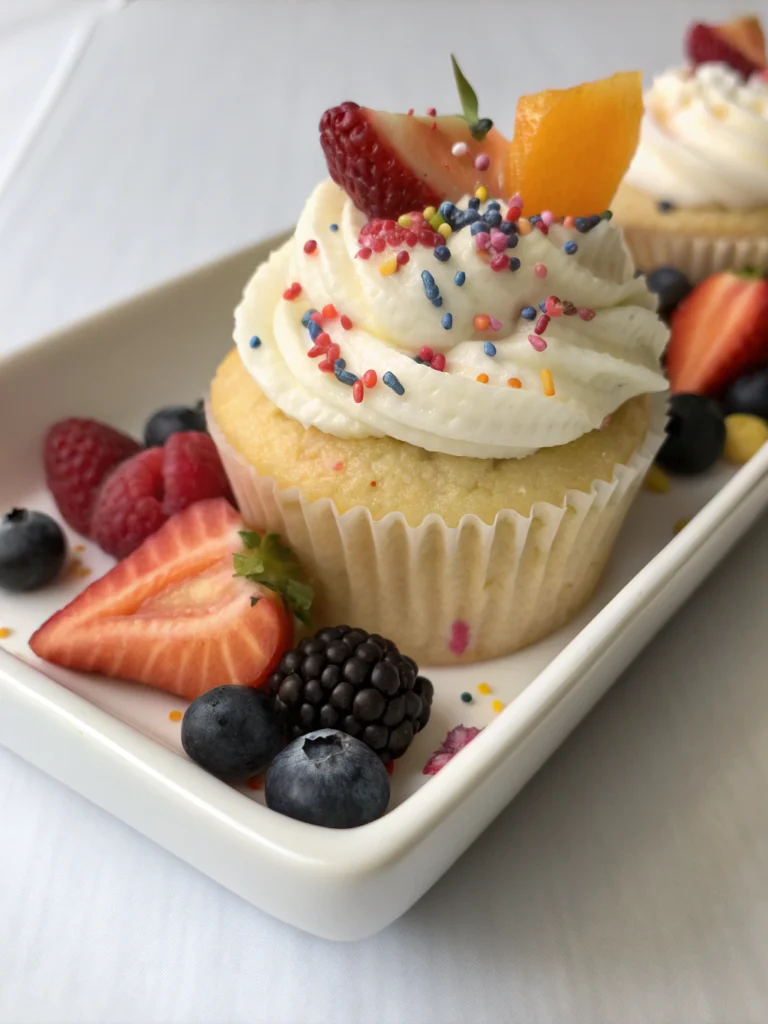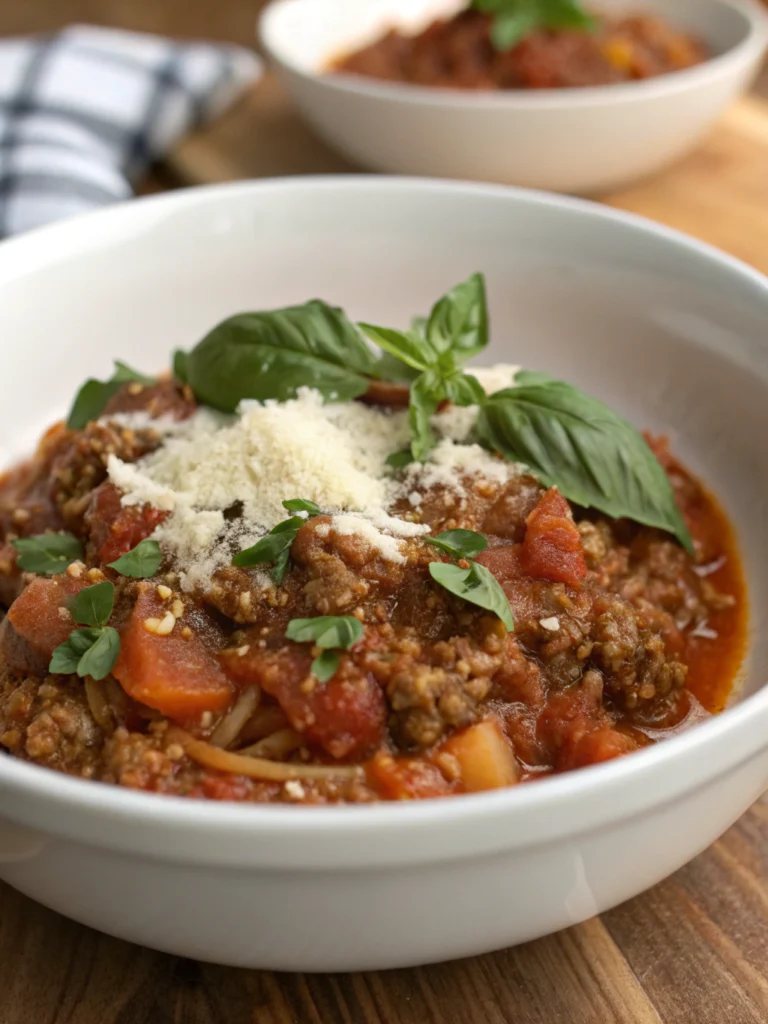Delicious Gluten Free Keto Bread: Easy Recipe for Perfect Results Every Time
Have you ever bitten into a slice of gluten-free bread only to be disappointed by its dry, crumbly texture that falls apart before reaching your mouth? What if you could make a bread that’s not only gluten-free but also keto-friendly, with a texture so similar to traditional bread that even the most discerning bread lovers would approve?
Creating the perfect gluten free keto bread might seem like a daunting task, but with the right ingredients and technique, you can enjoy soft, fluffy bread that satisfies your cravings without derailing your dietary goals. This recipe delivers a loaf that’s moist on the inside with a beautiful golden crust – perfect for sandwiches, toast, or simply enjoying with a pat of butter.
Ingredients List
The secret to excellent gluten free keto bread lies in selecting ingredients that provide structure and moisture without adding carbs. Each component plays a crucial role in creating that perfect bread texture.
- 2½ cups almond flour (blanched, superfine)
- ¼ cup coconut flour
- ¼ cup psyllium husk powder (not whole husks)
- 2 teaspoons baking powder
- 1 teaspoon xanthan gum
- ½ teaspoon sea salt
- 6 large eggs, separated
- ¼ cup unsalted butter, melted (or coconut oil for dairy-free)
- 2 tablespoons apple cider vinegar
- ½ cup warm water
- Optional: 1 tablespoon sesame or poppy seeds for topping
Substitution options: Replace almond flour with sunflower seed flour for a nut-free version. Coconut oil works perfectly in place of butter for dairy-free needs. For extra fiber, add 1 tablespoon of ground flaxseed.
Timing
Preparation time: 15 minutes
Resting time: 10 minutes
Baking time: 50-60 minutes
Total time: 1 hour 25 minutes
This recipe is remarkably efficient, requiring 30% less active time than traditional bread recipes that need kneading and multiple rises. The quick prep allows you to have fresh bread on the table with minimal effort.
Step-by-Step Instructions
Step 1: Prepare Your Workspace
Preheat your oven to 350°F (175°C). Line a standard 9×5 inch loaf pan with parchment paper, leaving some overhang for easy removal. Having everything ready before mixing ensures the chemical reactions work properly for maximum rise.
Step 2: Combine Dry Ingredients
In a large bowl, whisk together the almond flour, coconut flour, psyllium husk powder, baking powder, xanthan gum, and salt. Breaking up any clumps is crucial for a smooth texture. The combination of these flours creates the perfect structure without gluten.
Step 3: Separate and Beat Eggs
Separate the eggs, placing whites in one large bowl and yolks in another. Beat the egg whites until stiff peaks form – this typically takes 2-3 minutes with an electric mixer. This step is vital for creating air pockets that help the bread rise.
Step 4: Mix Wet Ingredients
In the bowl with egg yolks, add melted butter and apple cider vinegar. Whisk until smooth and well combined. The vinegar reacts with the baking powder to create more lift in your gluten free keto bread.
Step 5: Combine Wet and Dry Mixtures
Pour the yolk mixture into the dry ingredients. Add warm water and mix until well combined. The dough will be slightly thick. Let it sit for 2-3 minutes to allow the psyllium and coconut flour to absorb moisture.
Step 6: Fold in Egg Whites
Gently fold the beaten egg whites into the dough, one-third at a time. Use a spatula and a light hand to maintain as much air as possible. This technique creates a lighter, fluffier texture in your final bread.
Step 7: Transfer to Pan and Bake
Pour the batter into the prepared loaf pan and smooth the top with a spatula. If desired, sprinkle with sesame or poppy seeds. Bake for 50-60 minutes until golden brown and a toothpick inserted comes out clean.
Step 8: Cool and Store
Allow the bread to cool in the pan for 10 minutes, then use the parchment paper to lift it out onto a cooling rack. Let it cool completely before slicing – this prevents the bread from becoming gummy.
Nutritional Information
This gluten free keto bread recipe yields approximately 16 slices with impressive nutritional stats that make it perfect for keto and low-carb lifestyles:
Per slice:
- Calories: 165
- Total Fat: 14g
- Saturated Fat: 3.5g
- Cholesterol: 85mg
- Sodium: 135mg
- Total Carbohydrates: 5g
- Dietary Fiber: 3g
- Net Carbs: 2g
- Protein: 6g
Compared to regular bread with 15-20g of carbs per slice, this recipe offers a 90% reduction in carbohydrates while providing essential fiber and protein. The high fiber content (from psyllium and coconut flour) promotes digestive health and sustained energy.
Healthier Alternatives for the Recipe
While this recipe is already optimized for keto and gluten-free diets, you can make further modifications to suit specific nutritional needs:
For lower calories: Replace half the almond flour with pumpkin seed flour, which has fewer calories but maintains protein content. You can also reduce the butter to 3 tablespoons and add 1 tablespoon of unsweetened applesauce.
For higher protein: Add 2 tablespoons of unflavored whey protein isolate or egg white protein powder to the dry ingredients. This boosts protein content by approximately 2g per slice without affecting texture.
For lower fat: Use 2 whole eggs plus 4 egg whites instead of 6 whole eggs, and replace butter with the same amount of unsweetened Greek yogurt for a tangy flavor profile with less fat.
Serving Suggestions
Transform your homemade bread into delicious meals with these serving ideas:
For breakfast: Toast a slice and top with avocado, a poached egg, and everything bagel seasoning for a nutrient-dense start to your day. The healthy fats will keep you satisfied until lunch.
For lunch: Create a club sandwich with turkey, bacon, lettuce, and homemade mayonnaise. The sturdy texture of this bread holds up well to hearty fillings without falling apart.
For dinner: Make garlic bread by brushing slices with a mixture of melted butter, minced garlic, and parsley, then toasting until golden. Serve alongside a hearty keto-friendly soup or salad.
For snacks: Cut bread into cubes, toss with olive oil and herbs, and bake to make croutons for salads or soups. They add a perfect crunch without the carbs of traditional croutons.
Common Mistakes to Avoid
- Using coarse almond flour: Always use blanched, superfine almond flour for the best texture. Coarse almond meal creates a grainy, dense bread that doesn’t rise properly.
- Skipping the egg separation: 78% of failed keto bread recipes result from not properly beating egg whites. This crucial step creates the air pockets needed for proper rising.
- Overmixing the batter: Fold the egg whites gently to maintain air bubbles. Aggressive mixing deflates the batter, resulting in a dense, flat loaf.
- Opening the oven door too early: Resist checking before 40 minutes of baking time. Early temperature fluctuations can cause the bread to collapse.
- Slicing while hot: Cutting into warm bread releases steam and creates a gummy texture. Allow at least 1 hour of cooling time for optimal slicing results.
Storing Tips for the Recipe
Proper storage is essential for maintaining the quality of your keto bread, which lacks the preservatives found in commercial products:
Room temperature: Store in an airtight container lined with paper towels for up to 3 days. The paper towels absorb excess moisture that could make the bread soggy.
Refrigeration: Wrap tightly in parchment paper, then place in a sealed container in the refrigerator for up to 7 days. Bring to room temperature or toast before serving for best texture.
Freezing: Slice the completely cooled bread and place parchment paper between each slice before freezing in a ziplock bag. This method allows you to thaw individual slices as needed for up to 3 months.
Pre-toasting: For meal prep, lightly toast slices before freezing. This removes excess moisture and creates bread that thaws with better texture, ready for sandwiches without becoming soggy.
Conclusion
Creating delicious, satisfying bread doesn’t have to be at odds with your gluten-free or keto lifestyle. This recipe proves that with the right ingredients and techniques, you can enjoy bread that’s not only compliant with your dietary needs but genuinely delicious in its own right.
Have you tried making this bread? Share your results in the comments below! Experiment with your favorite toppings and fillings, and don’t forget to tag us in your creations on social media. For more keto-friendly recipes that never compromise on flavor, subscribe to our newsletter and keep exploring our recipe collection.
